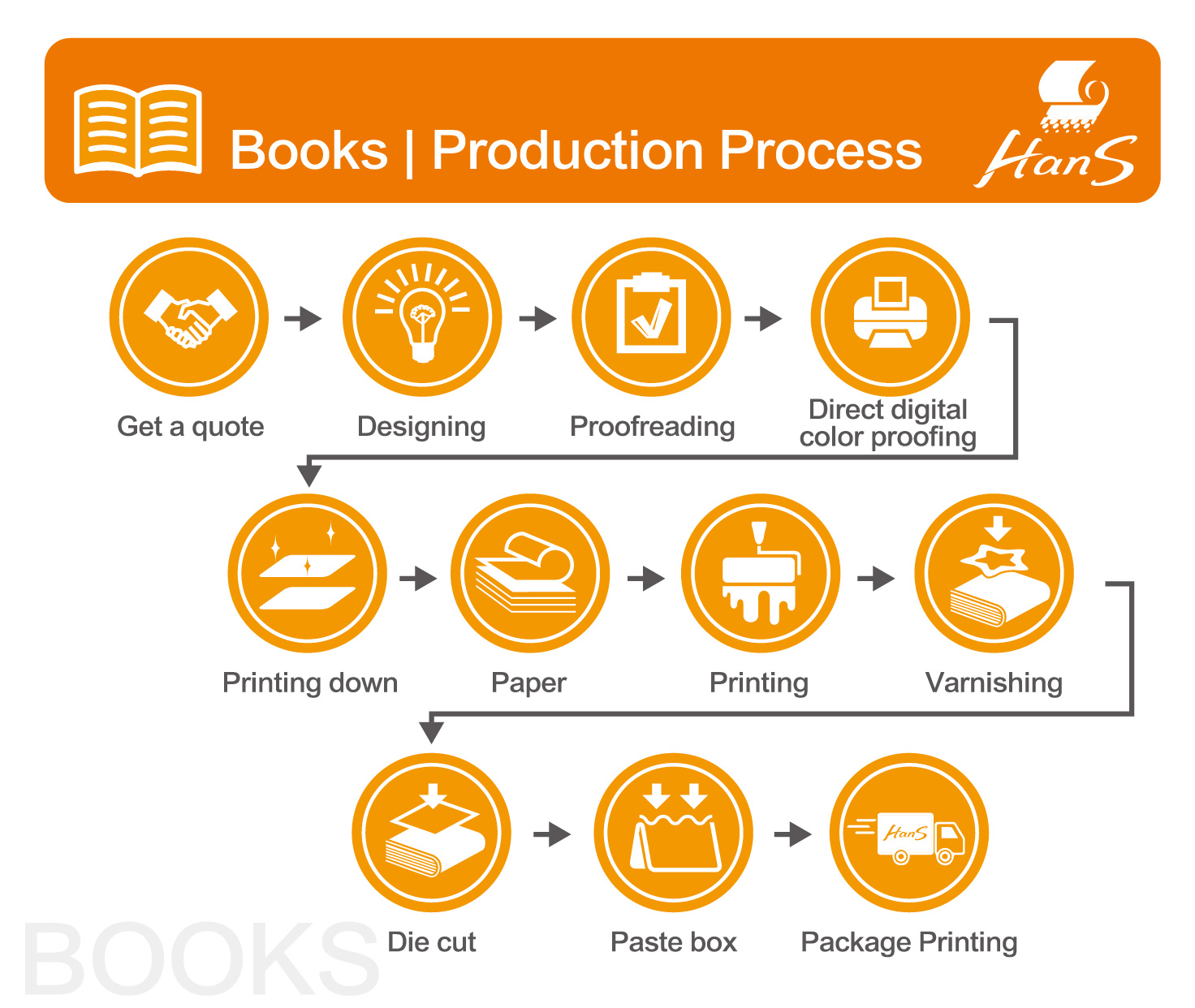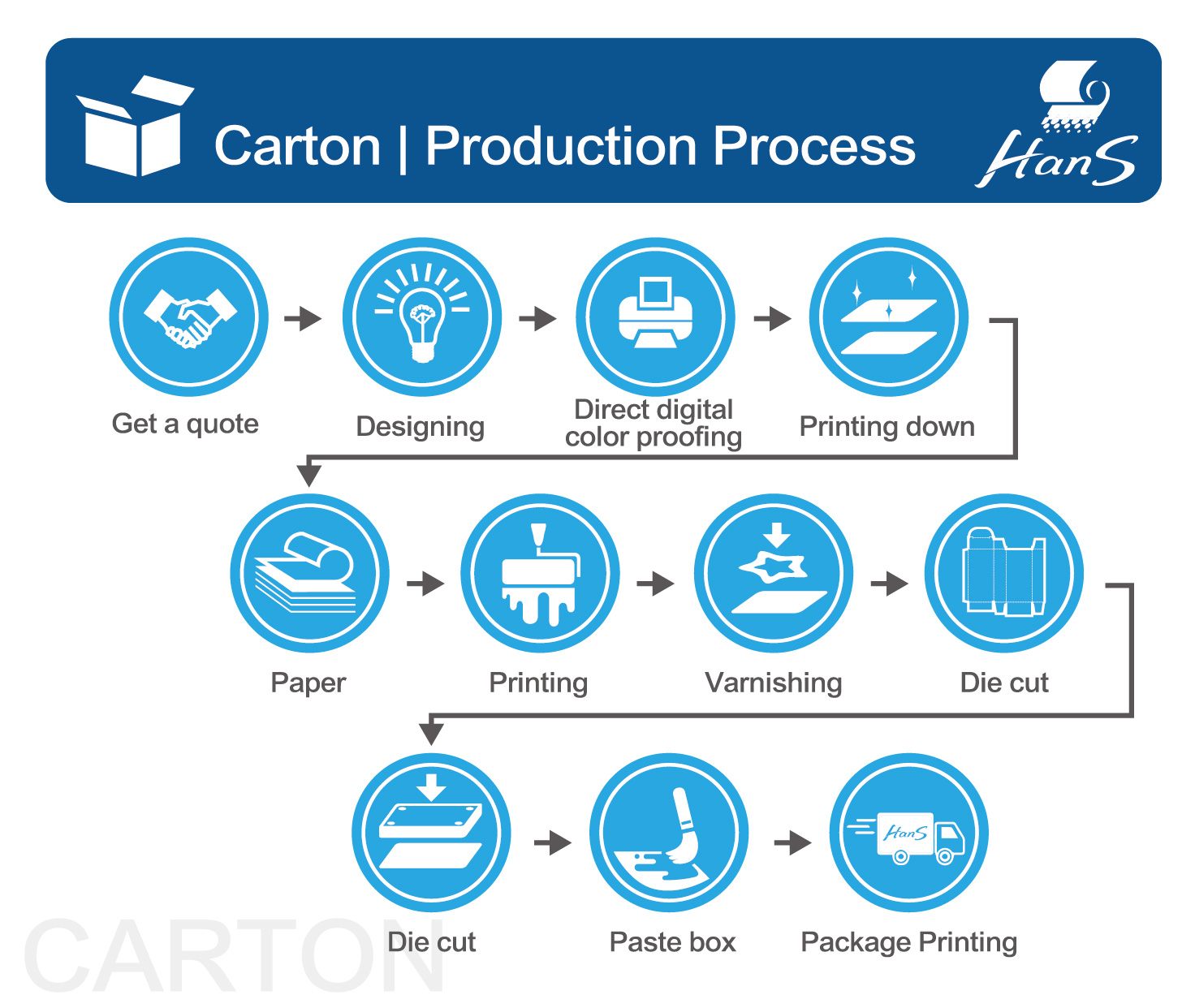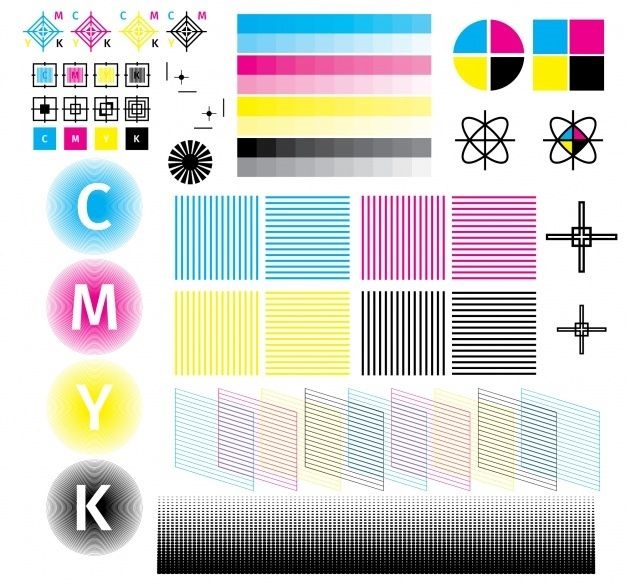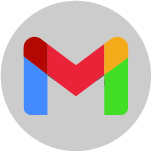What Is Digital Printing? Pros & Cons
-
sentiment_very_satisfied
Viewers:
- 0
|
Digital printing offers a modern, flexible, and efficient approach to producing high-quality printed materials. Its advantages in terms of speed, cost-effectiveness for small runs, and design flexibility make it an excellent choice for many printing needs. However, for very large print runs or applications requiring exact color matching and specific substrate compatibility, traditional printing methods like offset printing may still be preferable. By understanding the pros and cons of digital printing, businesses and individuals can make informed decisions about the best printing method for their projects. |
• What Is Digital Printing?Digital printing is a method of printing that involves transferring a digital image directly onto a variety of media using advanced printing technology. Unlike traditional offset printing, which requires plates and setup processes, digital printing bypasses many of these steps, allowing for more flexibility and quicker turnaround times. • How Digital Printing Works1. Image Creation: The process starts with a digital image, which can be created using graphic design software or a digital camera. 2. File Preparation: The digital file is prepared and adjusted for color accuracy, resolution, and print size. 3. Printing: The digital file is sent directly to the printer, where it is processed and printed onto the chosen medium. The printer applies ink or toner directly onto the surface, creating the final printed product. |
|
• Pros of Digital Printing1. Speed and Efficiency- Quick Turnaround: Digital printing eliminates the need for setup processes like plate-making, leading to faster production times. - On-Demand Printing: Ideal for short print runs and just-in-time production. 2. Cost-Effective for Small Runs- No Setup Costs: Unlike traditional printing, digital printing has minimal setup costs, making it economical for small batches. - Variable Data Printing: Allows for customization and personalization of each printed piece without additional cost. |
3. Flexibility- Versatile Media Options: Can print on a variety of substrates, including paper, fabric, plastic, and more. - Design Flexibility: Easy to make last-minute changes to designs and content. 4. High-Quality Output- Precision and Detail: Capable of producing high-resolution prints with sharp details and vibrant colors. - Consistent Quality: Each print is consistent, ensuring reliable and repeatable results. 5. Environmentally Friendly- Reduced Waste: Digital printing produces less waste compared to traditional printing, as it only prints what is needed. - Lower Chemical Use: Fewer chemicals and solvents are used in the process, making it more eco-friendly. |
|
• Cons of Digital Printing1. Higher Cost for Large Runs- Cost Per Unit: While digital printing is cost-effective for small runs, the cost per unit can be higher compared to offset printing for large quantities. 2. Limited Color Matching- Color Consistency: Digital printing may struggle to match specific Pantone colors exactly, which can be a limitation for brand-critical applications. 3. Substrate Limitations- Material Compatibility: Not all digital printers can handle every type of substrate, especially thicker or textured materials. 4. Durability- Print Longevity: Some digital prints, particularly those done with certain inkjet technologies, may not be as durable or long-lasting as those produced with traditional methods. 5. Speed for Large Volumes- Production Speed: While digital printing is fast for small runs, it may not be as efficient as offset printing for very large print volumes. |
From planning and filing to the completion of printed matter, printing must go through many procedures, combined with the professional skills of countless people, such as graphic designers, commercial photographers, copywriters, typewriters, artists, color separation technicians, printing technicians, Public workers, printing technicians, bookbinding, varnishing and various processing technicians, etc., without any one, can not successfully complete the printed matter, so they are all important contributors.
We assist many enterprises and organizations in the integrated planning and production of printed materials, focusing on providing comprehensive printing integration services, helping you think more, do more, and win more under limited time and money.



















